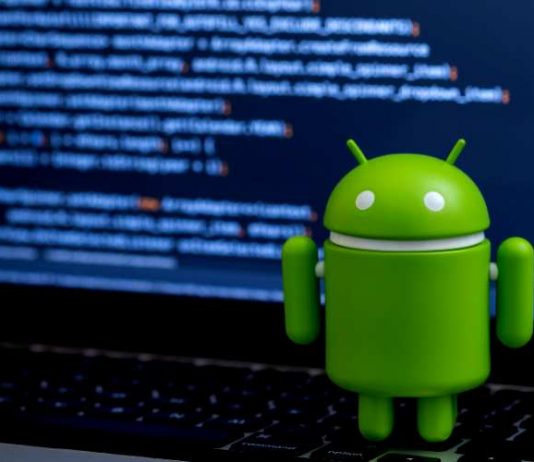When comes to customization, there is no barrier for Android mobile platform – but we users mostly limited to some apps to tweak Android devices more than using commands. There comes the usefulness of Android Debug Bridge or better know as ADB to access deep buried features on the Android platform that simply are not visible to the user.
Contents
What is ADB?
ADB (Android Debug Bridge) is a versatile and powerful command-line tool for Android users that lets you communicate with a device with commands. Yes, with commands you can root Android devices, backup and restore them, install and debug apps etc.
Now you may think, since it uses commands then definitely it’s a tool for Android developers. Partially true, ADB shell is easy to understand, but commonly developers utilize its full potential. Although, everyone can access it to troubleshoot and customize Android devices, you only have to do the proper initial setup on your Android smartphone and install ADB shell on Windows or Mac or Linux. And in this article, we will help you with this initial setup.
ADB is already bundled with Android SDK and now standalone ADB zip file is available for Windows, Mac, and Linux. So, if you are not a developer then this ADB zip file is enough for you.
Setup ADB:
Enable ADB debugging on Android device
First, we have to make our Android device ready for ADB debugging. So to setup ADB on Android, we have to enable USB debugging mode in system settings under Developer options – which is hidden by default. Follow these steps to enable Developer options and activate USB debugging:
- Open Settings > About phone
- Now tap on Build number seven times and you can see a quick message showing Developer options is enabled.
- After that head back to Settings main page to find Developer options at the bottom and tap on it.
- Next in Developer option toggle the button next to USB debugging to enable it. Don’t forget to Tap choose “Ok” in the confirmation pop-up to enable USB debugging mode.
Now we partially setup ADB, next choose your operating system and continue installing ADB.
Install ADM on Windows
- First download ADB zip file for Windows.
- Create a new folder in C: drive, named “adb” and extract files to that folder.
- Next Shift + Right-click on adb folder and choose the option “open command prompt here” or “open command window here“. For Windows 10 users either PowerShell or Command Prompt will open.
- Now connect your Android device to the computer via USB cable. Make sure the USB mode you choose is “File transfer(MTP)“.
- Now in the Command Prompt windows enter “adb devices” to launch ADB daemon.
- At the same time, a prompt will pop up on your Android device to allow or deny USB debugging access. Just tap the “Always allow from this computer” and select “OK” to continue.
- Now you can see, the device is listed on ADB daemon with the serial number. If it’s not, then re-enter the adb command in step 5.
Install ADB on Mac
- First, download ADB zip file for Mac.
- Extract the zip file to Desktop or any other easily-accessible location.
- Now open Terminal windows.
- Enter the command to navigate to the ADB directory, like “cd /extracted/path“.
- Now connect your Android device to the Mac PC via USB cable. Make sure the USB mode you choose is “File transfer(MTP)“.
- Once your Terminal is pointed to the same folder of your ADB tools, enter “adb devices” command to launch ADB daemon.
- At the same time, a prompt will pop up on your Android device to allow or deny USB debugging access. Just tap the “Always allow from this computer” and select “OK” to continue.
- Now you can see, the device is listed on ADB daemon with the serial number. If it’s not, then re-enter the ADB command in step 6.
Install ADB on Linux
- First download ADB zip file for Linux.
- Extract the zip file to Home or any other easily-accessible location.
- Now open Terminal windows.
- Enter the command to navigate to the ADB directory, like “cd /extracted/path“.
- Now connect your Android device to the Mac PC via USB cable. Make sure the USB mode you choose is “File transfer(MTP)“.
- Once your Terminal is pointed to the same folder of your ADB tools, enter “adb devices” command to launch ADB daemon.
- At the same time, a prompt will pop up on your Android device to allow or deny USB debugging access. Just tap the “Always allow from this computer” and select “OK” to continue.
- Now you can see, the device is listed on ADB daemon with the serial number. If it’s not, then re-enter the ADB command in step 6.
If you face any problem while setting up ADB on Windows, Mac, and Linux, do feel free to mention the issue in comments.


